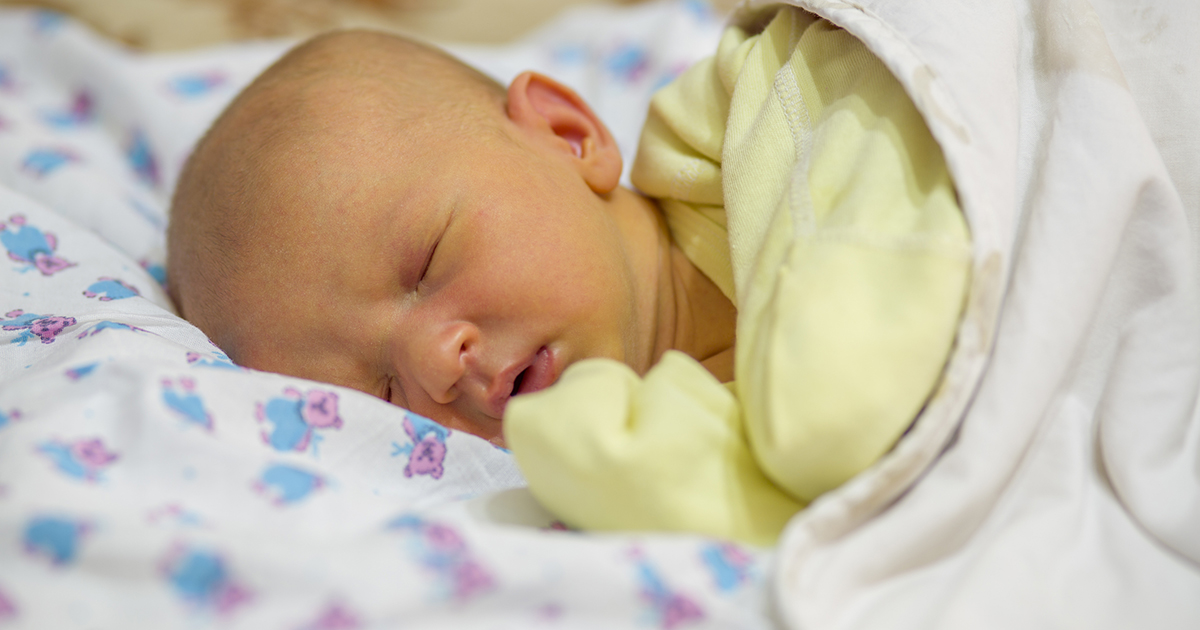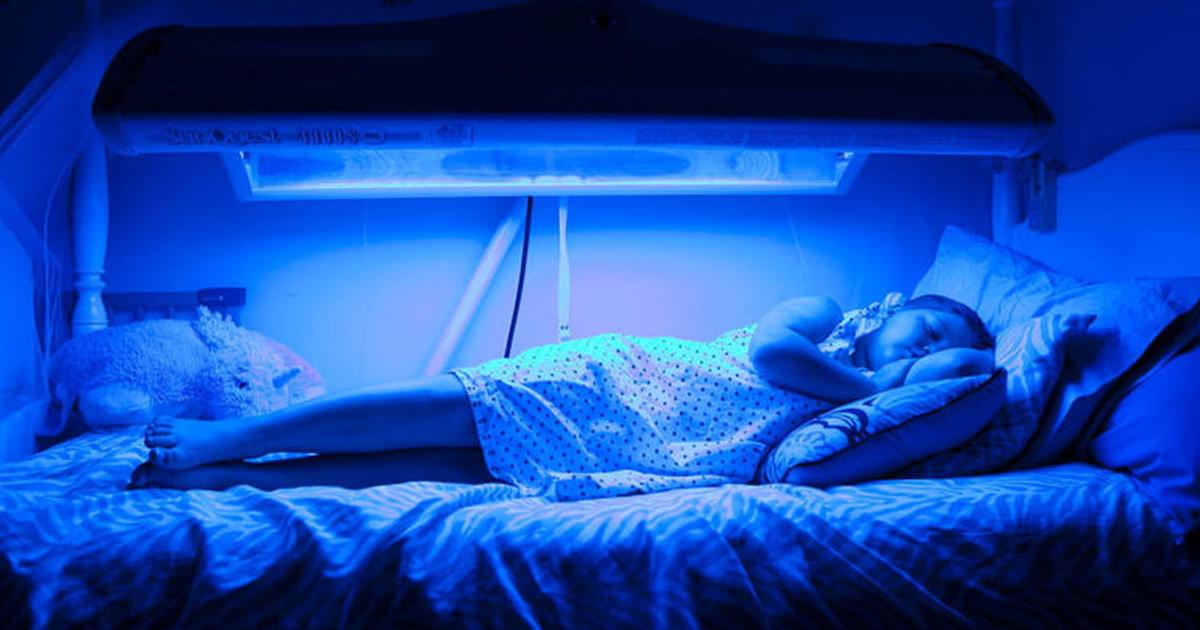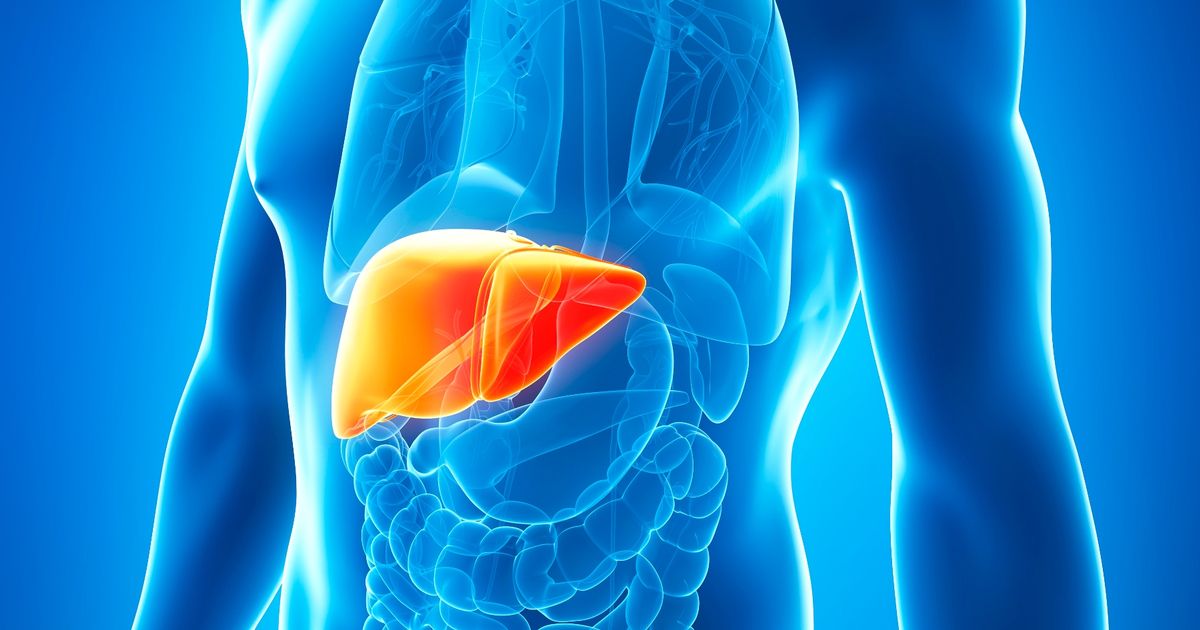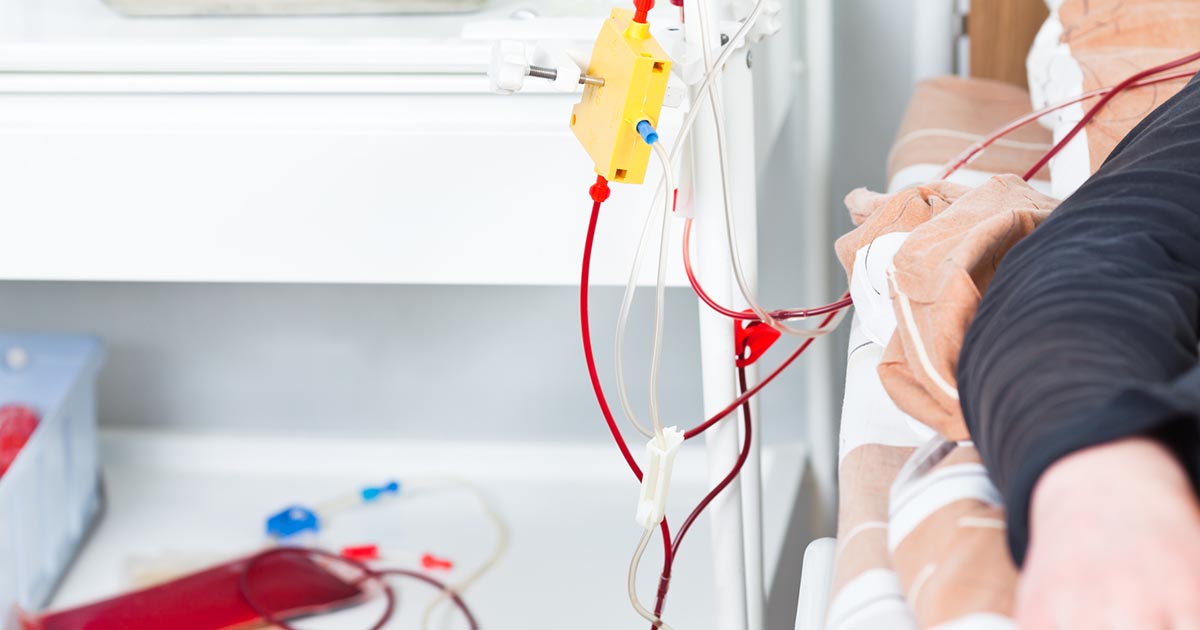Guide To The Symptoms And Treatment Of Crigler-Najjar Syndrome
Crigler-Najjar syndrome occurs when high levels of bilirubin accumulate in the blood when red blood cells are broken down. In a normally functioning body, the substance goes through a chemical reaction caused by the liver, where it's turned from toxic unconjugated bilirubin to nontoxic conjugated bilirubin. From there, the substance is removed from the body. But in individuals with Crigler-Najjar syndrome, the liver is unable to adequately produce this chemical reaction, leading the unconjugated bilirubin to build to poisoning levels.
The syndrome's key symptoms are apparent from birth or while a patient is still in infancy. There are two types of the syndrome. Type 1 is the most severe, and if affected individuals develop a condition called kernicterus, they might die. Type 2 is less severe and has less risk of kernicterus, so most patients survive to adulthood.
Severe Jaundice

Bilirubin is a substance with an orangey-yellow tint. When it builds up in the blood, this leads to yellowing of the whites of the eyes and the skin, a condition known as jaundice. When an individual has Crigler-Najjar syndrome, jaundice will be apparent either immediately following their birth or within a few months. However, infant jaundice occurs fairly commonly and is not always related to this syndrome. It occurs at higher rates in babies born prior to thirty-eight weeks gestation, and it may also develop in certain breast-fed babies. Jaundice indicates a baby's liver hasn't developed enough to convert and remove bilirubin.
Though many babies don't need treatment for jaundice, treatment is necessary if there are signs of severe jaundice or an underlying disease like Crigler-Najjar syndrome. A few different symptoms indicate jaundice has become severe. If a baby's skin becomes progressively more yellow, it means there's more bilirubin accumulating. Babies who seem sick or listless may have jaundice affecting their brain, particularly if they're feeding poorly, failing to gain weight, or making unusual high-pitched cries.
Kernicterus

Kernicterus is a rare type of brain damage that can occur in babies with Crigler-Najjar syndrome, especially with type 1. It's more likely to occur if adequate diagnosis and treatment aren't applied in time. Because of the variety of symptoms, cases of kernicterus may present differently from patient to patient. Some of the common initial symptoms are fever, unusual eye movements, limpness or stiffness, trouble moving, muscle spasms, reduced muscle tone, drowsiness, and very high-pitched or shrill crying. As the child becomes older, their symptoms will become more severe if they don't receive treatment.
If the kernicterus progresses, children may have seizures or convulsions, unusual movements and motor development, writhing, muscle spasms, hearing issues, other sensory problems, stained tooth enamel, and an inability to gaze upward. Before a newborn baby leaves the hospital, a doctor can use a light meter to test the bilirubin levels in their blood. If there are high results, the doctor might do a blood test.
Phototherapy

Phototherapy is a medical treatment that uses LEDs, sunlight, halogen lights, or fluorescent light bulbs to treat conditions. Different kinds of phototherapy exist for different conditions, and the best type for a Crigler-Najjar syndrome patient may vary. There are two main ways doctors treat babies with jaundice using phototherapy. Most commonly, the baby's eyes are covered, and then the baby is placed under fluorescent lamps or halogen spotlights. However, in children with Crigler-Najjar syndrome and severe jaundice, further treatment is generally necessary. The second form of treatment is to use biliblankets, which are blankets inlaid with fiber-optic cables.
When the baby is wrapped in the blanket, light shines on their body and back. Blue LED and compact fluorescent light tubes might be used to treat infant jaundice as well, since these lights don't generate much heat and can safely stay by an infant's body. Because Crigler-Najjar syndrome patients cannot convert bilirubin naturally, most will need to continue phototherapy throughout their lives. This can be tedious and impede their quality of life, since they must be exposed to light for ten to twelve hours per day.
Liver Transplant

A liver transplant can be potentially life-saving for individuals with Crigler-Najjar syndrome. This syndrome is caused by a liver that lacks the ability to convert unconjugated bilirubin into its conjugated form. If a patient is given a healthy liver, their body will then have the ability to conjugate and remove bilirubin from the blood.
Though a new liver removes the symptoms of Crigler-Najjar syndrome, it's important to note patients will still have the gene mutation that causes the liver issues, and they may pass it on to children they have. Patients who undergo successful liver transplants no longer need to use phototherapy, and they can function in day-to-day life without worrying about brain damage or death from the illness.
Plasmapheresis

Plasmapheresis, which was developed to remove toxic and unwanted substances from an individual's blood, can be used to lower the blood's bilirubin levels rapidly, which is essential if the toxic levels are leading to serious symptoms. In addition to treating Crigler-Najjar syndrome, it helps treat many autoimmune disorders by removing harmful antibodies from the blood. During plasmapheresis, small amounts of blood are removed from the body at a time. Their components are separated using a centrifuge or filter, so the blood's plasma is separated from other portions of the blood.
Plasma is where toxins build up. After the blood is separated, healthy plasma from a donor is used to replace the unhealthy plasma, and the blood is reintroduced to the body. This treatment won't cure the underlying issue causing Crigler-Najjar syndrome, but it will treat bilirubin buildups to keep them from being critical and damaging.
